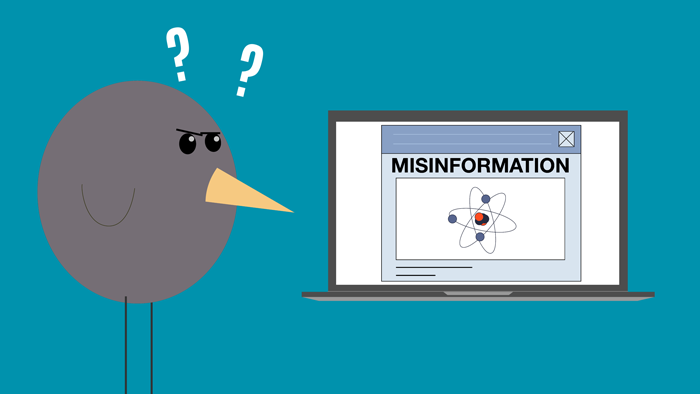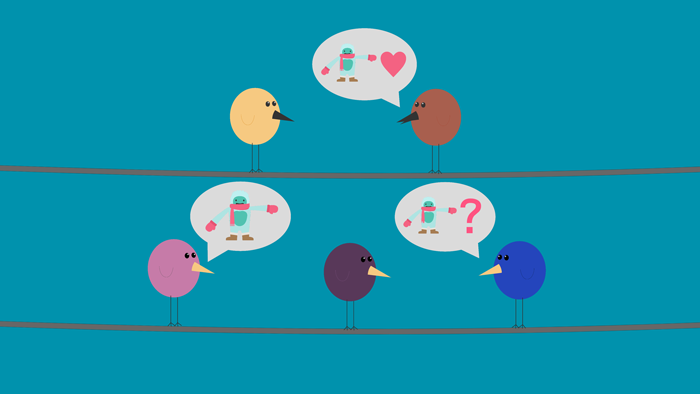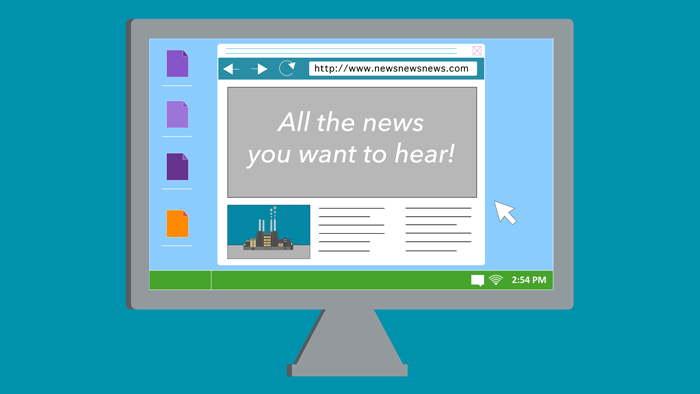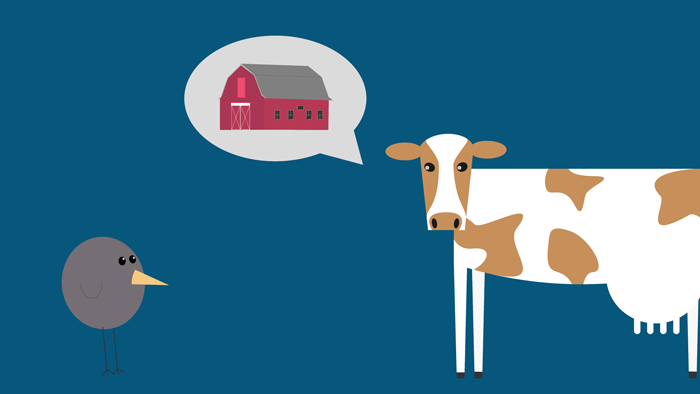Digital Media Literacy -
What is an Echo Chamber?

Digital Media Literacy
What is an Echo Chamber?


/en/digital-media-literacy/the-blur-between-facts-and-opinions-in-the-media/content/
Information can come from many different sources and perspectives. But when you’re only hearing the same perspectives and opinions over and over again, you may be in something called an echo chamber.
Check out the video below to learn more about echo chambers.
An echo chamber is an environment where a person only encounters information or opinions that reflect and reinforce their own. Echo chambers can create misinformation and distort a person’s perspective so they have difficulty considering opposing viewpoints and discussing complicated topics. They’re fueled in part by confirmation bias, which is the tendency to favor info that reinforces existing beliefs.

Echo chambers can happen anywhere information is exchanged, whether it’s online or in real life. But on the Internet, almost anyone can quickly find like-minded people and perspectives via social media and countless news sources. This has made echo chambers far more numerous and easy to fall into.

The Internet also has a unique type of echo chamber called a filter bubble. Filter bubbles are created by algorithms that keep track of what you click on. Websites will then use those algorithms to primarily show you content that’s similar to what you’ve already expressed interest in. This can prevent you from finding new ideas and perspectives online.
Echo chambers can also be tricky to recognize, especially if you’re in one. If you’re ever wondering if a social group or website may be an echo chamber, stop and think about a few questions:
If you answered yes to any of these questions, you may have found an echo chamber.

There’s no perfect way to avoid echo chambers, but here are a few tips that can help you stay on the right track.

No matter where you go or who you meet, always take the time to stay informed, check your sources, and avoid echo chambers.
/en/digital-media-literacy/how-filter-bubbles-isolate-you/content/